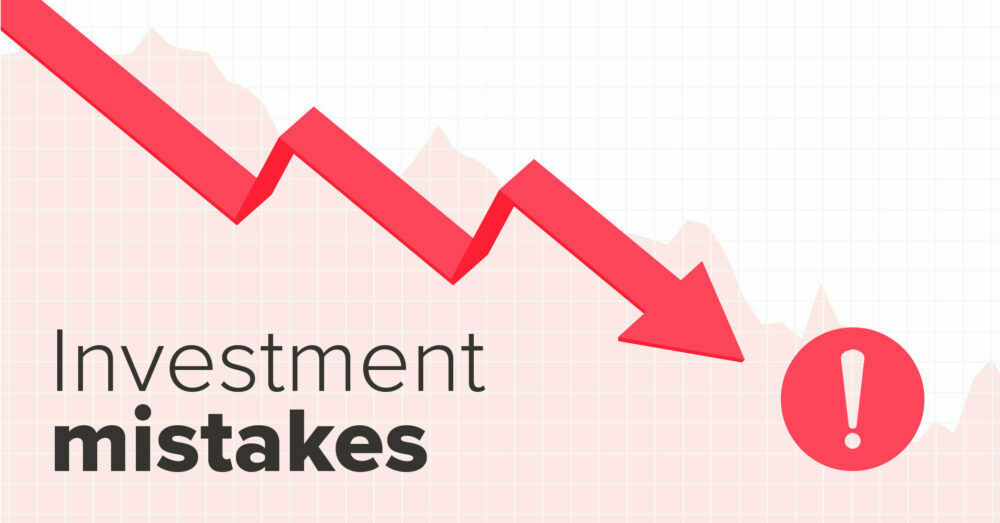Why Customers Always Want What You Do Not Have in Stock
Dear Retail Business Owners,
You carefully researched your market, invested your limited capital in products you believed customers wanted most, and opened your shop with confidence. Within days, reality hits: customers consistently ask for items you do not stock while ignoring the products you invested heavily in.
This mismatch between your inventory and customer demand represents one of retail’s most frustrating challenges, but it also reveals critical lessons about market understanding and capital management.
The Universal Retail Paradox
Every retailer faces this seemingly impossible situation: customers always seem to want exactly what you do not have in stock. You invest in motor oil and customers ask for shock absorbers. You stock building supplies and customers need plumbing fixtures. You focus on clothing and customers request shoes.
This pattern creates constant pressure to expand inventory beyond your capital capacity, leading many entrepreneurs into debt cycles that eventually destroy their businesses.
The Market Knowledge That Only Experience Provides
Understanding true market demand requires time, customer interaction, and careful observation of purchasing patterns. No amount of initial research can substitute for the market intelligence gained through months of serving actual customers.
The entrepreneur who stocks based on assumptions often discovers that real customer needs differ significantly from theoretical market research. Customer behavior, seasonal demand fluctuations, and local preferences can only be learned through direct experience.
The Capital Preservation Strategy
When starting with limited capital, resist the temptation to spend everything on initial inventory. Reserve at least 30% of your available funds for responding to unexpected customer demands and market opportunities that emerge after opening.
This reserved capital allows you to adapt your inventory based on actual customer requests rather than initial assumptions. It provides flexibility to test new products without compromising your ability to maintain existing stock levels.
The Special Order Solution
Transform inventory limitations into competitive advantages through strategic special ordering:
Accept customer deposits for items you do not stock but can source within reasonable timeframes, generating revenue without inventory investment.
Build customer relationships by demonstrating your commitment to meeting their needs even when products are not immediately available.
Test market demand for new products through special orders before investing in full inventory stocks.
Generate cash flow from products you do not own, reducing inventory carrying costs while serving customer needs.
Develop supplier relationships through consistent special orders that may lead to better terms and priority access.
The Reputation Building Through Service
Customers remember businesses that solve their problems, even when solutions require extra effort. The retailer who accepts special orders and delivers promptly builds stronger customer loyalty than competitors with larger inventories but less responsive service.
This service-focused approach often generates more referrals and repeat business than having extensive inventory that may not match customer preferences.
The Debt Trap That Destroys Businesses
Many retailers attempt to solve inventory challenges by borrowing money to expand their product range. This approach typically creates more problems than it solves:
Increased carrying costs for inventory that may not sell quickly enough to service debt payments.
Reduced flexibility because debt payments limit your ability to respond to changing market conditions.
Cash flow pressure that forces discounting or poor purchasing decisions to generate quick sales.
Inventory obsolescence risk where borrowed money gets tied up in products that become difficult to sell.
The Organic Growth Philosophy
Build your business like a farmer builds livestock: start with what you can afford, allow natural multiplication through profits, and expand systematically based on proven demand rather than speculation.
Each successful sale should fund the next inventory purchase. Each satisfied customer should generate referrals that justify expanded product lines. Growth should be funded by success rather than by borrowed expectations of future success.
The Customer Education Strategy
When customers request unavailable items, use these interactions as market research opportunities:
Document demand patterns to identify products that justify inventory investment based on actual customer requests.
Explain your special order capabilities so customers understand you can source items even if not immediately available.
Gather customer contact information to notify them when requested items arrive or when you decide to stock them regularly.
Ask about timing flexibility since some customers can wait for special orders while others need immediate availability.
Learn about local suppliers through customer knowledge of where products are typically available.
Remember: customers will always want something you do not have in stock. The question is whether you use these situations to build relationships and generate special order revenue, or allow them to pressure you into debt-funded inventory expansion that may not match actual demand.
Build your business on proven customer needs rather than borrowed assumptions about market demand.
With respect for your retail journey,
ZimLedger Admin
ZimLedger
ZimLedger is the all in one business and finance platform for Zimbabwe. It generates quotes, invoices, payslips and financial statements, manages business ledgers, tracks income and expenses, and builds shopping lists. ZimLedger offers a simple yet powerful solution tailored to local needs. Whether you are budgeting in ZiG or USD, managing business accounts, converting Ecocash statements, or tracking household expenses, ZimLedger empowers you to stay organised, make informed financial decisions, and grow your wealth—right from your phone or computer.













